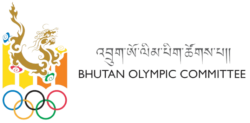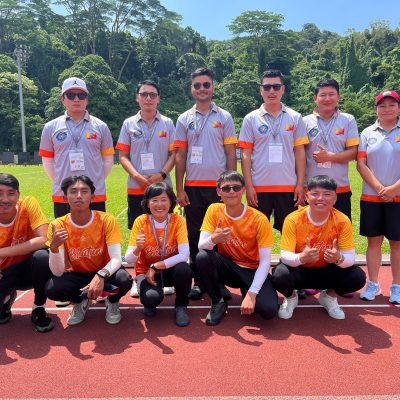Understanding Anti-Doping Rule Violations (ADRVs)
Protecting Fair Play in Sports
By Nima Gyeltshen, Clean Sports Educator
Are you fully aware of Anti-Doping Rule Violations (ADRVs)? If not, you might unknowingly commit one—putting your career and reputation at risk.
Doping regulations are not just about testing positive for banned substances; they encompass a wide range of violations that athletes and their support personnel must be aware of.
According to the World Anti-Doping Code (2021), there are 11 types of Anti-Doping Rule Violations (ADRVs) that apply to athletes and their support teams worldwide. Let’s break them down:
Presence of a Prohibited Substance :
If a banned substance (or its metabolites) is detected in an athlete’s sample—whether urine or blood—it is considered an ADRV, regardless of whether the substance was taken intentionally or by accident.
Important Tip: The Prohibited List is updated every year and comes into effect on January 1st. Athletes should always check the latest list before using any medication or supplement.
Use or Attempted Use of a Prohibited Substance or Method
Even if a banned substance is not found in an athlete’s body, using or attempting to use it still counts as an ADRV. Evidence such as medical records, testimonies, or digital footprints can confirm an attempt to dope.
Example: If an athlete injects a banned substance but it clears from their system before testing, they can still be charged based on supporting evidence.
Evading, Refusing, or Failing to Submit to Sample Collection
If an athlete evades doping control, refuses to provide a sample, or fails to comply with the testing process when notified, it is considered an ADRV.
Why is this crucial? Avoiding a test is often seen as an attempt to hide doping, and the penalties can be just as severe as a positive test.
Whereabouts Failures
Athletes in the Registered Testing Pool (RTP) must provide accurate whereabouts information (where they will be at specific times).
If an athlete misses three tests or fails to file their whereabouts correctly within 12 months, it results in an ADRV.
Tip for Athletes: Use the ADAMS system (Anti-Doping Administration & Management System) to update your location and avoid accidental violations.
Tampering or Attempted Tampering with the Doping Control Process
Any interference with the doping process is a serious violation. This includes:
Manipulating test samples (e.g., using fake urine or altering results)
Destroying evidence related to doping
Pressuring witnesses to stay silent
Possession of a Prohibited Substance or Method
Simply having a banned substance or doping method in your possession (without a valid Therapeutic Use Exemption, TUE) is an ADRV—even if you haven’t used it.
Be cautious: Athletes should be extra careful about supplements, medication, and training substances.
Trafficking or Attempted Trafficking
Anyone involved in selling, distributing, transporting, or attempting to distribute banned substances or doping methods is committing an ADRV.
Example: If a coach or doctor provides banned substances to an athlete, both parties can face consequences.
Administration or Attempted Administration
Providing or attempting to provide a banned substance or method to an athlete is an ADRV, even if the athlete does not actually use it.
Who does this apply to? Coaches, trainers, medical personnel, or any support staff.
Complicity or Attempted Complicity
If a person assists, encourages, or helps cover up doping violations, they are also guilty of an ADRV. This includes aiding, abetting, conspiring, or helping someone commit a doping offense.
Example: A doctor who provides false prescriptions to mask doping can face serious sanctions.
Prohibited Association
Athletes must not associate with coaches, doctors, or any support personnel who have been banned due to doping violations.
How to avoid this? Always check the WADA Prohibited Association List before working with a trainer, doctor, or support staff.
Acts to Discourage or Retaliate Against Reporting to Authorities
Whistleblowers play a crucial role in keeping sports clean. Threatening, intimidating, or retaliating against individuals who report doping violations is itself an ADRV.
Example: If an athlete or coach pressures a teammate to stay silent about doping activities, they can face serious consequences.
Latest Updates and Insights
Discover our newest blogs, news, and announcements—curated just for you. Stay informed and inspired!
THE WORLDWIDE OLYMPIC PARTNERS
















